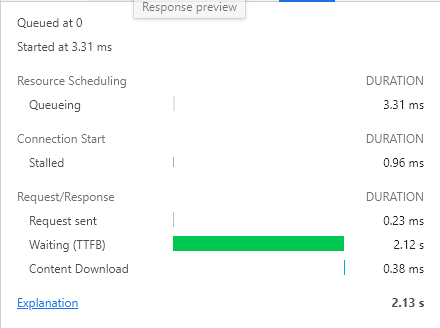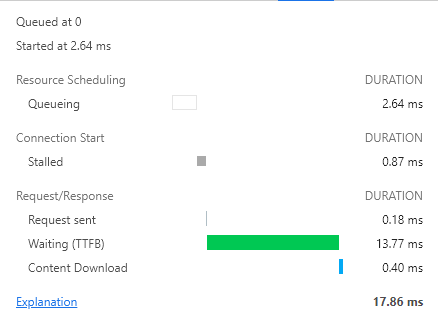AdaCache
Simple adaptive caching for ASP.NET Core.
Table of contents
General Info
AdaCache is a simple configuration-less automated caching solution that works with ASP.NET Core web projects. To maintain its configuration-less feature, AdaCache makes few assumptions:
-
Using HTTP methods as intended. For e.g., using
GETto retrieve resource and usingPOSTto create new resource. IfGETis used to create a resource, then the caching algorithm would not work as expected. -
Controllers should follow Single Responsibility Principle, AdaCache is most effective in that case. For e.g., a controller named WeatherController should only serve CRUD operations for Weather resource. AdaCahe would still work if SRP is not followed, but the efficiency will be less.
Architecture
AdaCache serves as a middleware that intercepts incoming requests and outgoing responses and performs cache lookup and cache store. Here is a simple diagram of the architecture:
When and what to cache?
AdaCache caches response for every GET request. It internally maps each request to a controller and an action method to identify each request uniquely. Controller-action pair is always unique, so AdaCache generates a hash for each controller-action pair to perform cache storage and lookup.
How is caching performed?
AdaCache internally implements an AVL tree that stores several responses uniquely identifiable via controller-action hashcode.
When to delete from cache?
Whenever a PUT/POST/DELETE/PATCH action is performed by a controller, AdaCache assumes that the cached responses for that specific controller are no longer be valid since the resource has now been modified, it will discard the response(s).
There is also a TTL value associated with each response (default 30 seconds), after which the response will automatically get discarded. After every succesfull cache hit, TTL value will get reset.
Setup
Add a project reference to AdaCache project, and then add the following to your Startup.cs file
public void Configure(IApplicationBuilder app, IWebHostEnvironment env)
{
...
app.UseMiddleware(typeof(AdaCacheMiddleware));
...
}
and done, no other configuration required!
Example
This is dummy controller used to enact a long running web request using Thread.Sleep()
[HttpGet]
public IEnumerable<WeatherForecast> Get()
{
var rng = new Random();
System.Threading.Thread.Sleep(2000);
return Enumerable.Range(1, 5).Select(index => new WeatherForecast
{
Date = DateTime.Now.AddDays(index),
TemperatureC = rng.Next(-20, 55),
Summary = Summaries[rng.Next(Summaries.Length)]
})
.ToArray();
}
Response timing of first GET request
Response timing of second GET request
Contact
Reach out to me at anuraktofficial@gmail.com if you have any ideas or wish to contribute to this project.


